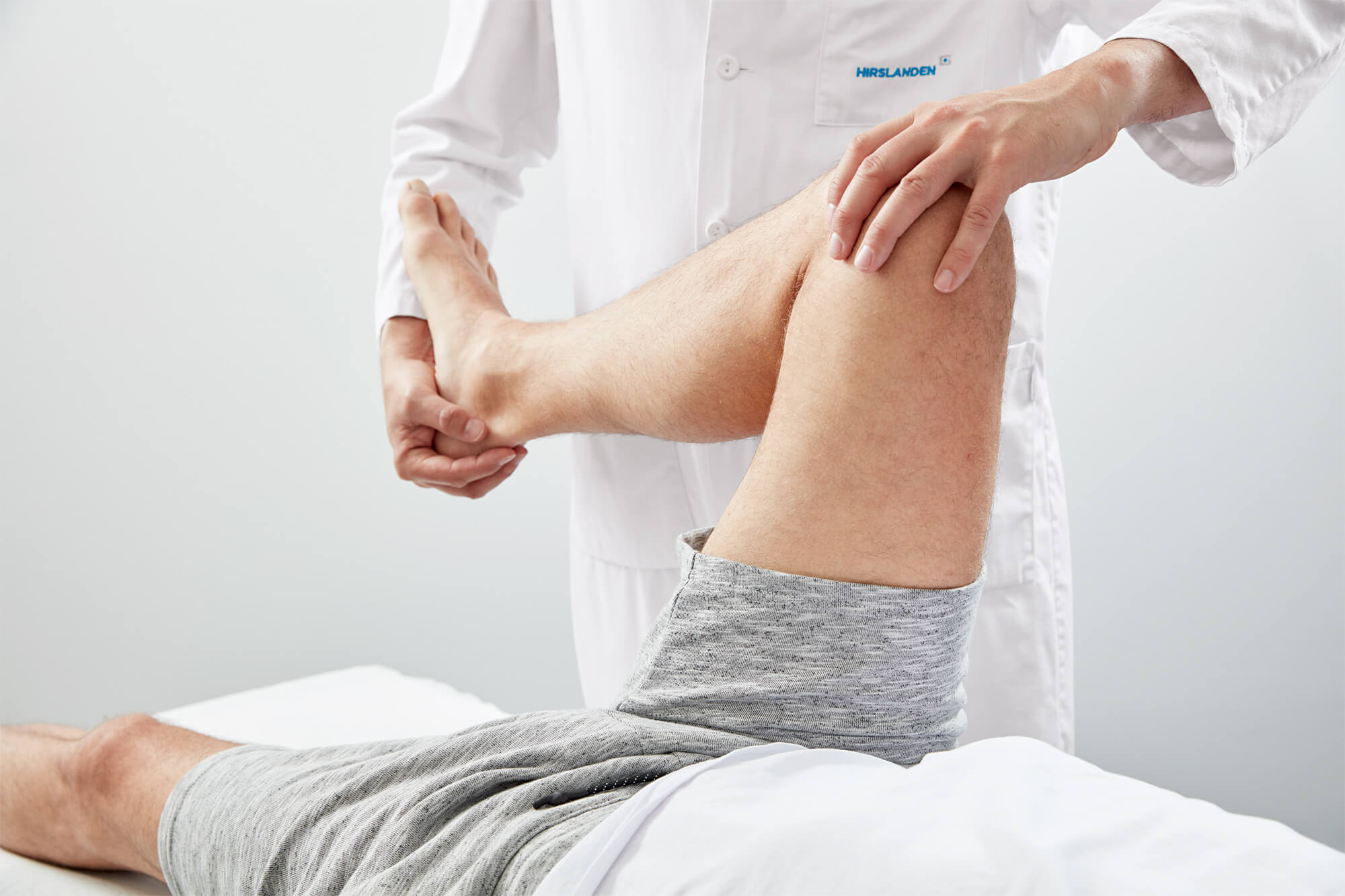The knee is the joint that suffers the most from FHL. Desynchronization (time shift) during walking from pronation to supination and vice versa necessarily impacts the knee. In fact, inter-articular synchronization forces the tibia to position itself in internal rotation in pronation of the foot and in external tibial rotation during supination. The shift induced by FHL causes abnormal rotational stresses on the knee and, by a late onset of the quadriceps contraction, instability of the extensor apparatus (kneecap and patellar tendon). The bending moment is increased and the lateral muscle struts are under more tension in an attempt to correct the imbalance. FHL is thus responsible for several pain syndromes and predisposes to certain meniscus ligament injuries of the knee.
 EN
EN  DE
DE  ES
ES  FR
FR 